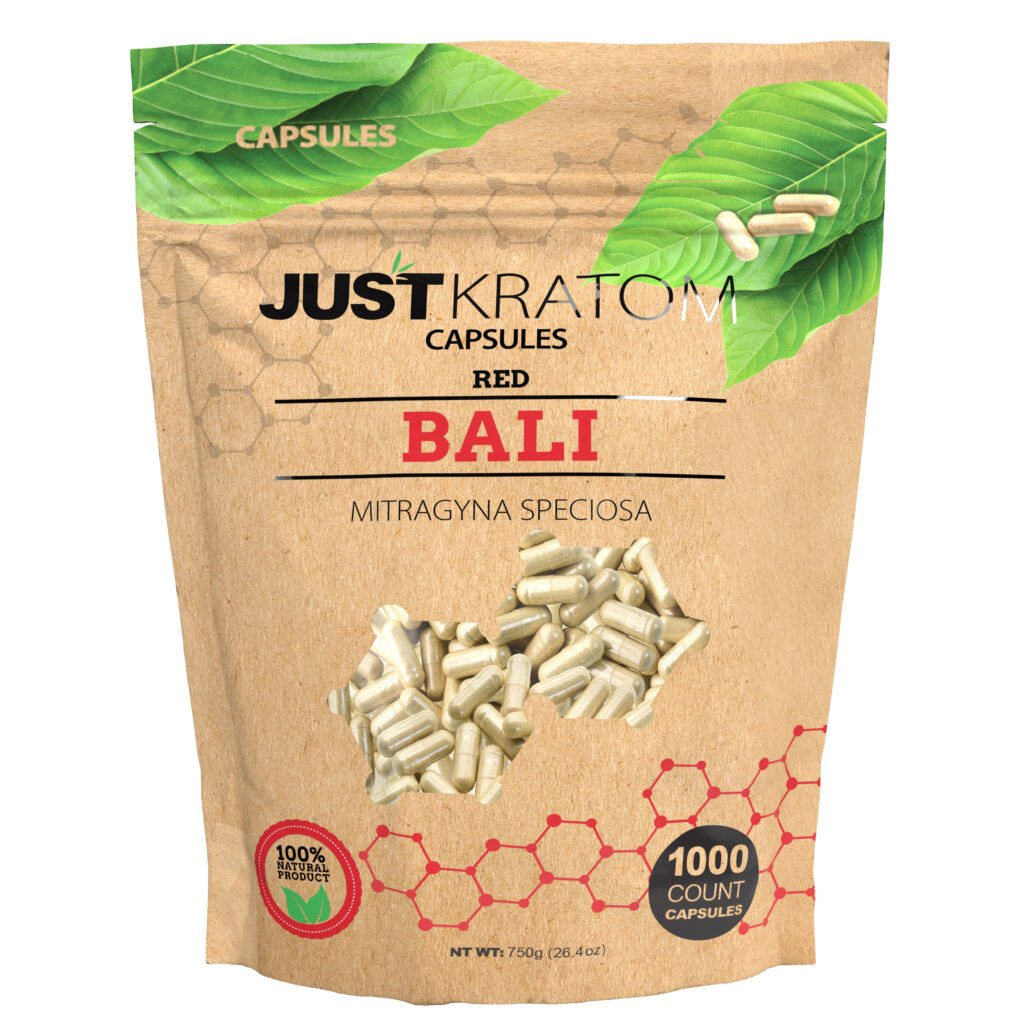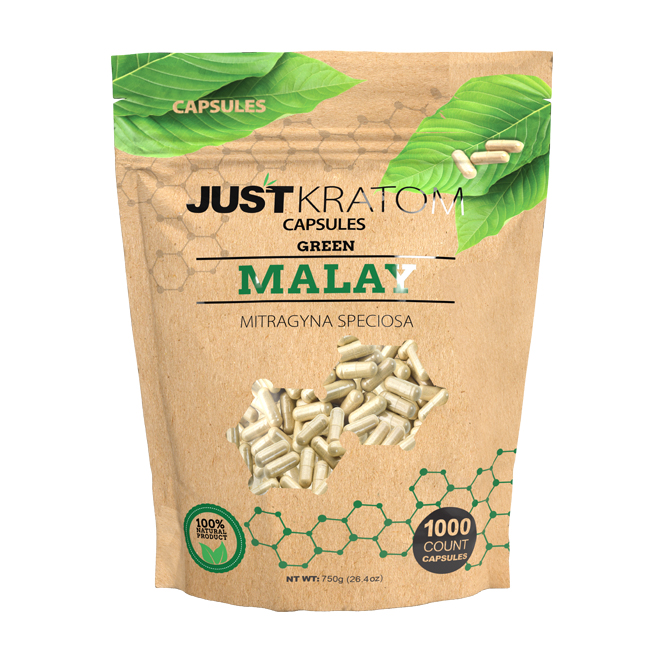Potential Pain Relief Mechanisms
Chronic muscle pain can significantly impact quality of life, often leading to reduced mobility and overall discomfort. Understanding the potential mechanisms behind pain relief offered by natural remedies like kratom capsules can shed light on their efficacy in managing muscle soreness and promoting recovery.
Analgesic Effects
Kratom’s analgesic effects are believed to stem from its interaction with opioid receptors in the brain and nervous system. These receptors play a crucial role in pain perception and modulation. Kratom contains compounds that can bind to these receptors, potentially blocking pain signals from reaching the brain.
Additionally, kratom may exert analgesic effects through other pathways. Studies suggest it might influence the release of endorphins, the body’s natural pain-relieving chemicals. Furthermore, kratom has shown anti-inflammatory properties, which could contribute to reducing muscle soreness and inflammation associated with pain.
Anti-inflammatory Properties
Kratom’s potential anti-inflammatory properties may also contribute to its pain-relieving effects. Inflammation is a natural response to injury or stress, but chronic inflammation can worsen pain and slow down healing. Kratom may help reduce inflammation by modulating the activity of immune cells and reducing the production of inflammatory chemicals.
Muscle Recovery Support
Chronic muscle pain can significantly impact quality of life, often leading to reduced mobility and overall discomfort. Understanding the potential mechanisms behind pain relief offered by natural remedies like kratom capsules can shed light on their efficacy in managing muscle soreness and promoting recovery.
Reduced Muscle Soreness
Kratom’s analgesic effects are believed to stem from its interaction with opioid receptors in the brain and nervous system.
These receptors play a crucial role in pain perception and modulation. Kratom contains compounds that can bind to these receptors, potentially blocking pain signals from reaching the brain.
Additionally, kratom may exert analgesic effects through other pathways. Studies suggest it might influence the release of endorphins, the body’s natural pain-relieving chemicals. Furthermore, kratom has shown anti-inflammatory properties, which could contribute to reducing muscle soreness and inflammation associated with pain.
Kratom’s potential anti-inflammatory properties may also contribute to its pain-relieving effects. Inflammation is a natural response to injury or stress, but chronic inflammation can worsen pain and slow down healing. Kratom may help reduce inflammation by modulating the activity of immune cells and reducing the production of inflammatory chemicals.
Enhanced Performance and Recovery Time
Muscle recovery support and enhanced performance are crucial aspects of athletic training and overall well-being. Understanding how natural remedies like kratom capsules can contribute to these goals is essential for individuals seeking optimal physical function.
Kratom’s potential benefits for muscle recovery stem from its analgesic and anti-inflammatory properties. By reducing pain perception, kratom may allow athletes to train harder and recover faster, minimizing discomfort that can hinder performance. The anti-inflammatory effects of kratom could also contribute to quicker tissue repair, reducing muscle soreness and promoting faster return to activity.
While research on kratom’s direct impact on muscle recovery is still evolving, preliminary studies suggest promising potential for athletes looking to optimize their training regimen and manage post-exercise discomfort.
Scientific Evidence and Research
The pursuit of effective pain management and optimized muscle recovery has led many individuals to explore natural remedies. Kratom, a tropical plant with a history of traditional medicinal use, has gained attention for its potential benefits in these areas.
Studies on Kratom and Muscle Pain
Kratom’s analgesic effects are believed to stem from its interaction with opioid receptors in the brain and nervous system. These receptors play a crucial role in pain perception and modulation. Kratom contains compounds that can bind to these receptors, potentially blocking pain signals from reaching the brain.
Additionally, kratom may exert analgesic effects through other pathways. Studies suggest it might influence the release of endorphins, the body’s natural pain-relieving chemicals. Furthermore, kratom has shown anti-inflammatory properties, which could contribute to reducing muscle soreness and inflammation associated with pain.
Kratom’s potential anti-inflammatory properties may also contribute to its pain-relieving effects. Inflammation is a natural response to injury or stress, but chronic inflammation can worsen pain and slow down healing. Kratom may help reduce inflammation by modulating the activity of immune cells and reducing the production of inflammatory chemicals.

- Studies have investigated kratom’s effects on muscle soreness associated with exercise.
- Some research suggests that kratom may help reduce muscle pain and improve recovery time after strenuous workouts.
- However, more rigorous and large-scale studies are needed to confirm these findings and establish definitive recommendations for its use in athletic settings.
Dosage and Administration
Chronic muscle pain can significantly impact quality of life, often leading to reduced mobility and overall discomfort. Understanding the potential mechanisms behind pain relief offered by natural remedies like kratom capsules can shed light on their efficacy in managing muscle soreness and promoting recovery.
Kratom’s analgesic effects are believed to stem from its interaction with opioid receptors in the brain and nervous system. These receptors play a crucial role in pain perception and modulation. Kratom contains compounds that can bind to these receptors, potentially blocking pain signals from reaching the brain.
Additionally, kratom may exert analgesic effects through other pathways. Studies suggest it might influence the release of endorphins, the body’s natural pain-relieving chemicals. Furthermore, kratom has shown anti-inflammatory properties, which could contribute to reducing muscle soreness and inflammation associated with pain.
Kratom’s potential anti-inflammatory properties may also contribute to its pain-relieving effects. Inflammation is a natural response to injury or stress, but chronic inflammation can worsen pain and slow down healing. Kratom may help reduce inflammation by modulating the activity of immune cells and reducing the production of inflammatory chemicals.
Muscle recovery support and enhanced performance are crucial aspects of athletic training and overall well-being. Understanding how natural remedies like kratom capsules can contribute to these goals is essential for individuals seeking optimal physical function.

Kratom’s potential benefits for muscle recovery stem from its analgesic and anti-inflammatory properties. By reducing pain perception, kratom may allow athletes to train harder and recover faster, minimizing discomfort that can hinder performance. The anti-inflammatory effects of kratom could also contribute to quicker tissue repair, reducing muscle soreness and promoting faster return to activity.
While research on kratom’s direct impact on muscle recovery is still evolving, preliminary studies suggest promising potential for athletes looking to optimize their training regimen and manage post-exercise discomfort.
The pursuit of effective pain management and optimized muscle recovery has led many individuals to explore natural remedies. Kratom, a tropical plant with a history of traditional medicinal use, has gained attention for its potential benefits in these areas.
- Studies have investigated kratom’s effects on muscle soreness associated with exercise.
- Some research suggests that kratom may help reduce muscle pain and improve recovery time after strenuous workouts.
- However, more rigorous and large-scale studies are needed to confirm these findings and establish definitive recommendations for its use in athletic settings.
Safety Considerations and Potential Risks
Before considering the potential benefits of kratom, it is crucial to understand the associated risks. Kratom can interact with various medications, potentially leading to adverse effects. Individuals with pre-existing conditions like liver or kidney disease, as well as those with a history of substance abuse, should exercise extreme caution when using kratom.
Side Effects and Interactions
Before considering the potential benefits of kratom, it is crucial to understand the associated risks. Kratom can interact with various medications, potentially leading to adverse effects. Individuals with pre-existing conditions like liver or kidney disease, as well as those with a history of substance abuse, should exercise extreme caution when using kratom.
Potential side effects of kratom use can include nausea, constipation, itching, dizziness, and increased heart rate. In some cases, kratom may lead to more serious issues like seizures or liver damage, particularly with prolonged or excessive use.
Kratom’s interaction with opioid receptors raises concerns about its potential for addiction and dependence. While research on kratom’s addictive properties is ongoing, it’s important to be aware of the risks and avoid misuse.
Legality and Regulations
Before using kratom, it is crucial to understand the potential risks and legal ramifications associated with its use. Kratom can interact with various medications, potentially leading to adverse effects. Individuals with pre-existing conditions like liver or kidney disease, as well as those with a history of substance abuse, should exercise extreme caution when using kratom.
Potential side effects of kratom use can include nausea, constipation, itching, dizziness, and increased heart rate. In some cases, kratom may lead to more serious issues like seizures or liver damage, particularly with prolonged or excessive use.
Kratom’s interaction with opioid receptors raises concerns about its potential for addiction and dependence. While research on kratom’s addictive properties is ongoing, it’s important to be aware of the risks and avoid misuse.
The legal status of kratom varies significantly worldwide. In some countries, it is completely banned, while in others, it is legal but regulated. It is essential to research the specific laws and regulations regarding kratom in your location before considering its use.
Conclusion
Kratom shows promise as a natural remedy for muscle pain and recovery, offering potential benefits through its analgesic and anti-inflammatory effects. However, it’s crucial to acknowledge the associated risks and exercise caution when using kratom. Potential side effects, interactions with medications, and the risk of addiction necessitate thorough research, informed decision-making, and responsible use. Further research is needed to fully understand its long-term effects and establish definitive guidelines for its use in managing muscle pain and promoting recovery.
Shop Kratom capsules for daily energy needs
- Dermal Fillers Near Englefield Green, Surrey - September 22, 2025
- Is CBD Vaping The Best Option For Quick Anxiety Relief? - September 21, 2025
- Collagen Induction Therapy In Cobham, Surrey - September 21, 2025
